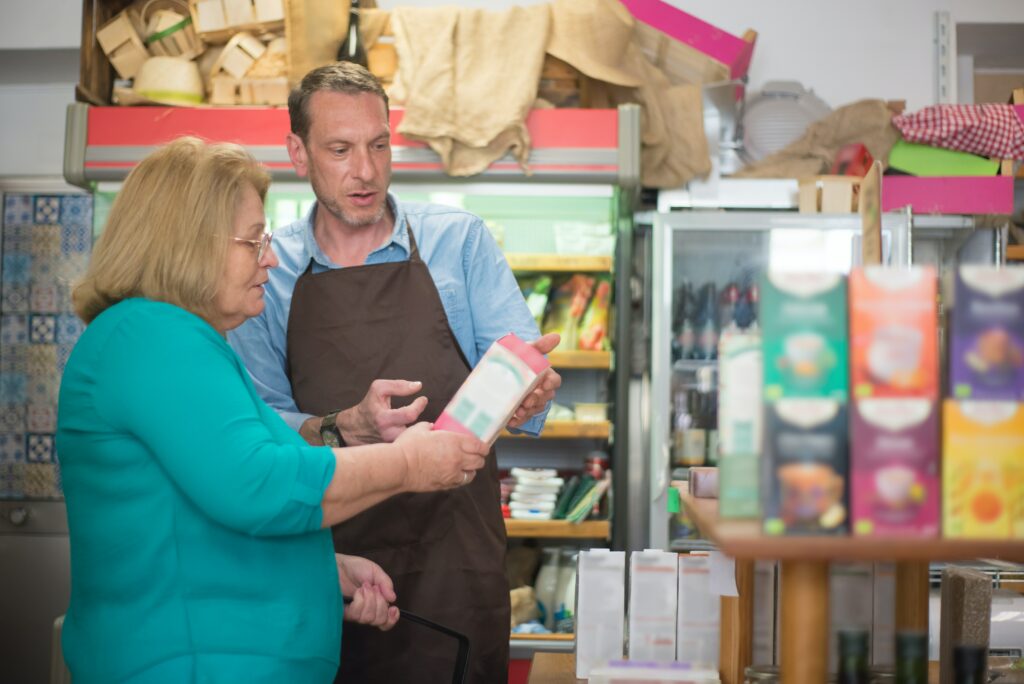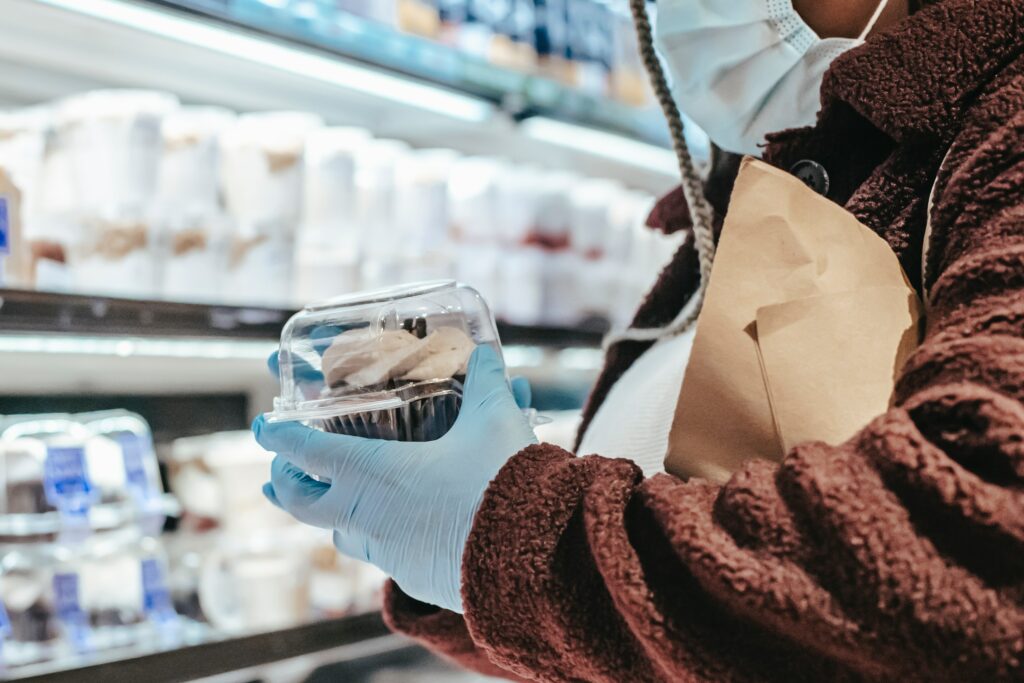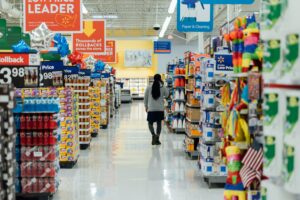In today’s highly competitive retail landscape, understanding and catering to the needs and preferences of shoppers has become essential for businesses to thrive. Maximizing the benefits of in-store shopper tracking is hence crucial to gain valuable insights into shopper behavior.
By collecting data on how shoppers move through the store, what products they interact with, and how long they spend in different areas, retailers can gain a deeper understanding of what drives sales and make informed decisions about store layout, product placement, and marketing efforts.
This article will explore the various benefits of in-store shopper tracking and how retailers can maximize their potential to drive sales and improve the shopping experience.
The rise of in-store shopper tracking
The use of in-store tracking technologies has been on the rise in recent years, as retailers look for ways to collect shopper behavior. These technologies can take various forms. For instance, sensors and cameras that track the movements of shoppers throughout the store. Or mobile apps and loyalty programs that collect data on the products that shoppers purchase.
One of the primary drivers behind the rise of in-store tracking is the increasing availability and affordability of the necessary technologies.
The below factors have made it easier and cost-effective for retailers to collect data on shopper behavior.
- Advances in sensor and camera technologies
- The proliferation of smartphones and other mobile devices
In addition, the growing focus on customer experience and personalization. This has led retailers to seek out ways to gather more detailed information about their shoppers. By tracking in-store behavior, retailers can gain insights into what drives sales. Ultimately, tailor the shopping experience to meet the needs and preferences of individual shoppers.

Overall, the rise of in-store shopper tracking reflects a shift towards a more data-driven approach to retail. Businesses seek to use data to inform their decision-making and better understand and serve their customers.
Understanding Shopper tracking in the store
In-store shopper tracking refers to the collection of data on shopper behavior within a retail store or other physical location. This data can be collected through a variety of technologies.
There are several key benefits to understanding in-store shopper tracking. First, it allows retailers to optimize the layout and design of their stores to better meet the needs and preferences of shoppers. For example, data on how shoppers move through the store can be used to identify bottlenecks or areas that are underutilized, and changes can be made to address these issues.
In addition, in-store shopper tracking can help retailers to better understand the factors that influence purchasing decisions and to tailor their marketing efforts accordingly. For example, data on what products shoppers interact with or spend the most time looking at can be used to inform product placement and promotional strategies.

Finally, in-store shopper tracking can also help retailers to improve the overall shopping experience by identifying areas for improvement and addressing any issues that may be causing frustration or inconvenience for shoppers. By gathering and analyzing data on shopper behavior, retailers can identify opportunities to enhance the in-store experience and drive sales.
Types of in-store tracking
There are several types of in-store shopper tracking technologies that retailers can use to gather data on customer behavior and preferences, as well as to optimize store layouts and improve the shopping experience for customers.

Some common types of in-store shopper tracking technologies include:
- GPS tracking. This involves using satellite technology to determine the location of a device, such as a smartphone or wearable device, within a store.
- Wi-Fi tracking: This involves using Wi-Fi signals to track the location of devices within a store.
- Bluetooth tracking: This involves using Bluetooth technology to track the location of devices within a store.
- RFID tracking. Uses RFID technology to track the location of RFID tags, small chips that can be attached to objects or embedded in products.
- Video tracking: This involves using video cameras to track the movements and behaviors of customers within a store.
- Sensor tracking. Uses sensors to track the movements and behaviors of customers within a store. (motion sensors, pressure sensors, etc.)
- Audio tracking. This involves using audio sensors or microphones to track the movements and behaviors of customers within a store.
Benefits of in-store tracking
In-store shopper tracking can provide several benefits to retailers, including:
- Improved customer experience. By tracking the movements and behaviors of customers within a store, retailers can gather data on what products and services are most popular, as well as identify bottlenecks or areas of the store that may be causing customer frustration. With this information, retailers can optimize store layouts and improve the overall shopping experience for customers.
- Increased sales. Retailers can create targeted marketing campaigns and personalized recommendations that are more likely to lead to increased sales.
- Enhanced ability to measure the effectiveness of in-store promotions. With In-store shopper tracking retailers can measure the effectiveness of in-store promotions and increase the personalization of their marketing efforts. Additionally, determine which products and services are most popular, as well as how customers respond to different types of promotions. Overall, retailers can optimize in-store promotions and marketing efforts, ensuring that they are more effective and targeted.
- Enhanced inventory management. Find the most popular products and where they are being sold to optimize inventory levels and ensure that popular products are always in stock.
- Increased personalization of marketing efforts. Additionally, retailers can create personalized marketing campaigns and recommendations that are more likely to lead to increased sales. For example, retailers might use in-store shopper tracking data to create targeted email campaigns. Or personalized product recommendations based on a customer’s past purchases and browsing history.
- Cost savings. Retailers can optimize their operations and reduce costs by streamlining processes and eliminating waste.
Best practices for implementing in-store shopper tracking
Here are the best practices retailers should follow when implementing in-store shopper tracking:
- Combine different tracking technologies, rather than relying on just one type of tracking. This can provide a more comprehensive understanding of customer behavior. Also to ensure that tracking data is accurate and up-to-date. For example, a retailer might use a combination of GPS, Wi-Fi, and Bluetooth tracking to track customers within a store. This provides a complete picture of customer behavior, as each type of tracking technology has its own strengths and limitations.
- Integrate in-store tracking data with other customer data, such as data from online purchases or customer loyalty programs. This creates a comprehensive picture of a customer’s preferences. Additionally, it allows retailers to create more targeted marketing campaigns and personalized recommendations.
Additionally, it is important for retailers to be transparent about their use of in-store tracking technologies. In other words, ensure that they respect the privacy of their customers.
Conclusion
In conclusion, in-store shopper tracking provides numerous benefits to retailers. These include improved customer experience, increased sales, enhanced inventory management, security, and cost savings. By tracking the movements of customers within a store, retailers can determine what products and services are most popular. Also, identify bottlenecks or areas of the store that may be causing customer frustration. This information helps optimize store layouts and improve the overall shopping experience for customers.
Retailers should consider using a combination of different tracking technologies and integrating in-store tracking data with other customer data to create a more complete picture of customer behavior and preferences. By following these best practices, retailers can effectively use in-store shopper tracking to improve the shopping experience for their customers and drive business success.
Shoppermotion’s in-store shopper tracking services can be tailored to meet the specific needs and goals of each retailer. For example, a retailer might use Shoppermotion’s services to track foot traffic patterns within a store, identify popular products and services, or measure the effectiveness of in-store TVs, or in-store promotions.
By using Shoppermotion’s in-store shopper tracking services, retailers can gain a deeper understanding of their customers and use this information to drive business success.





